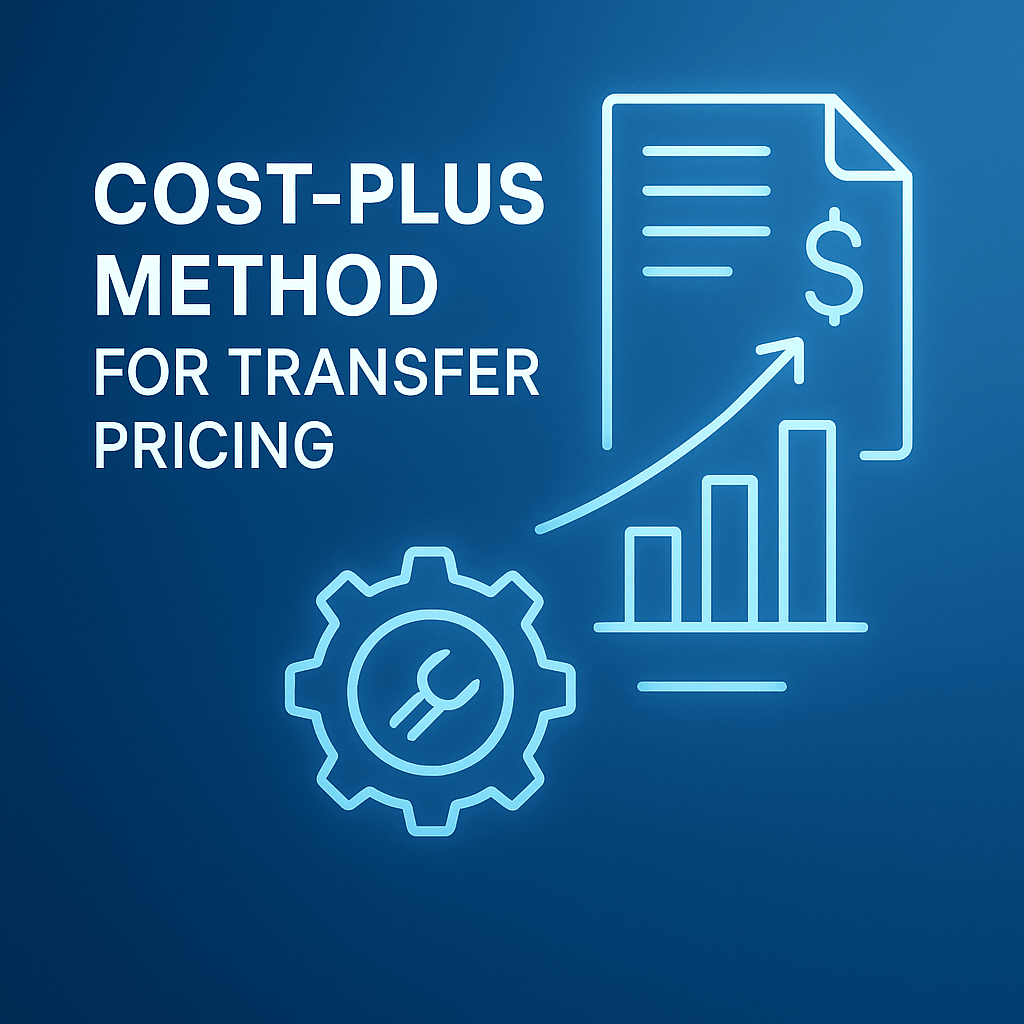Methodology and Approaches of Transfer Pricing Studies
Section 85A to the Income Tax ordinance, states that an international transaction between related parties (controlled transaction) should have a similar price as would a similar transaction if made between unrelated parties (uncontrolled transaction), thus meaning the transaction was conducted under market conditions. In order to determine that the transaction was conducted under market conditions, a market conditions study (i.e., Transfer Pricing study) comparing the transaction to similar ones should be done.
The Income tax circular number 3/2008 – Transfer Pricing, establishes the definitions and hierarchy between the comparability methods set out in the regulations:
Comparable Uncontrolled Price (CUP) Method
This method compares the payoff of the controlled transaction to that of a similar uncontrolled transaction.
This method can be used only if the comparison characteristics are the same (or have only minor difference that were identified and their influence was neutralized).
Profit rate related methods
As for the hierarchy set by the Income Tax Authority, those methods and the Profit split method are on the same level and the suitable method should be chosen on a case-to-case basis.
Cost Plus Method
The cost plus method is used in fields where it is customary to set prices as a fixed profit rate that is added on top of the direct costs. The comparison will be made between the rate that was set in the controlled transaction and the rate that was set in similar uncontrolled transactions.
This method is suitable for a manufacturer or a service provider that doesn’t lead the controlled transaction and bears relatively low market risks.
This method is suitable for cases in which there are not sales that can be compared and the buyer does more than the distribution on the product, or in cases that the manufacturer uses intangible assets in a significant way.
Resale Price Method
This method used in fields in which it is customary to set a price based on the gross profit as a fixed rate of the sales. The comparison will be made between the rate that was set in the controlled transaction and the rate that was set in similar uncontrolled transactions.
This method is suitable for a party that does marketing and distribution and doesn’t add a significant value to the product. This method won’t fit in situations in which the distributer has intangible assets like tradenames etc.
Comparable Profit Method or Transactional Net Margin Method (TNMN)
If all the other methods mentioned above, don’t fit one should choose one of the profitability measures listed in this section.
This method compares total profitability of the examined party to that of unrelated parties that operates a similar business activity, based on objective profitability measures that are derived from the financial reports.
The profitability measures:
- Operating margin – this measure compares the operating profit as a percentage of the sales. The use of the measure is customary for sales and distribution companies.
- The operating margin to operating assets ratio – this measure compares the return on capita employed. Used when the operating assets are significant and largely contribute to the profits. The profit to liabilities or profit to capital ratios also can be used.
- Other measures that are suitable for the case, e.g., operating profit to cost of goods sold ratio, Berry ratio, etc.
Profit Split Method
As for the hierarchy set by the Income Tax Authority, this method and the Comparable Profit method are on the same level and the suitable method should be chosen on a case-to-case basis.
This method is suitable for cases in which the contribution of each party is intertwined, i.e., the parties operate as one economic unit regarding the joint project. Usually used when each party has, a valuable for the profits, intangible asset.
This method compares the split of the profits/loses between the related parties to that of unrelated parties, based on the contributions and the risks taken by each party.
There are two common ways to do profit split:
- Comparable profit – finding the profit rate of each party in an uncontrolled transaction.
- Residual analysis of the combined profits – based on two step approach:
- Analysis of the contributions of each party and identifying the routine contributions (i.e., the ones that are similar to that of an uncontrolled transaction) and splitting the profit according to what is common in the market.
- Allocation of the residual profit to each party, according to the uncommon contributions of each party.









